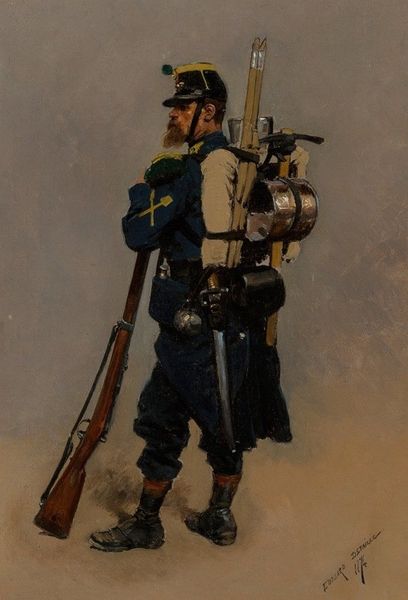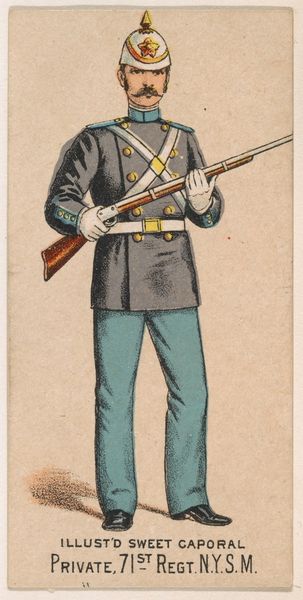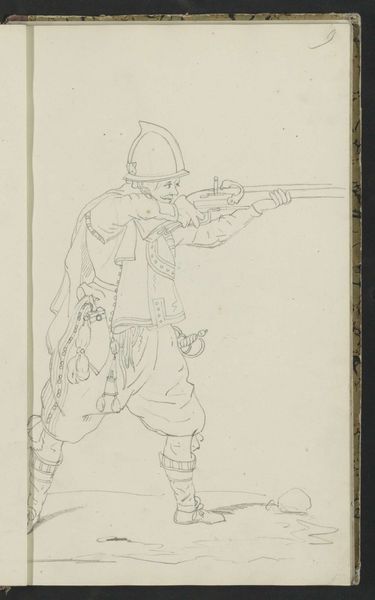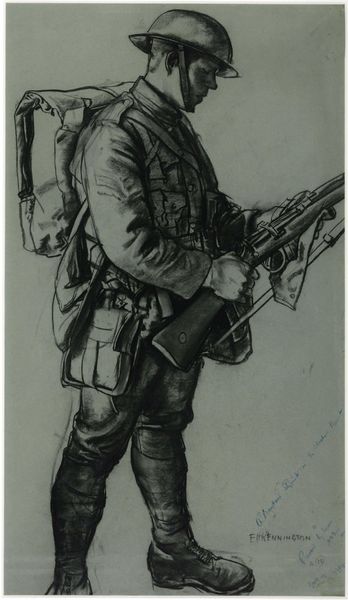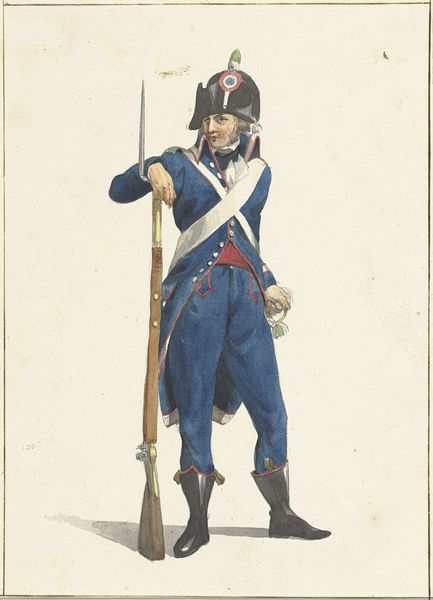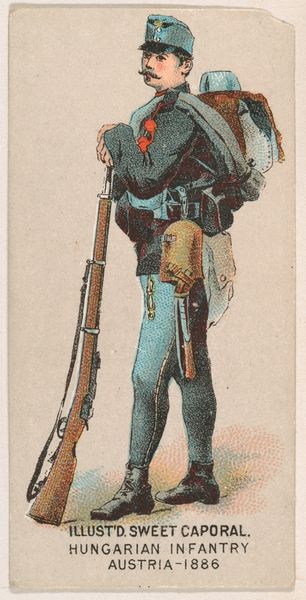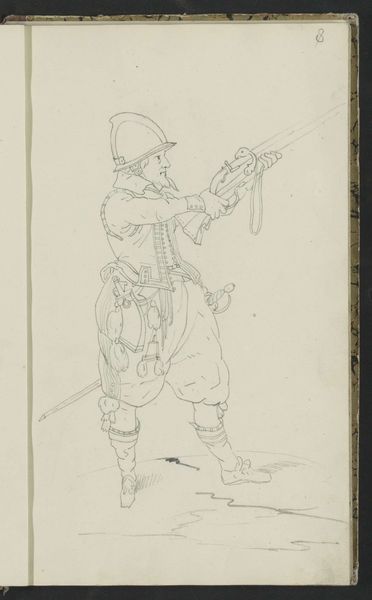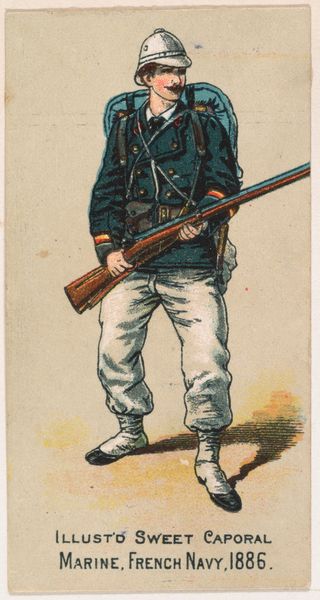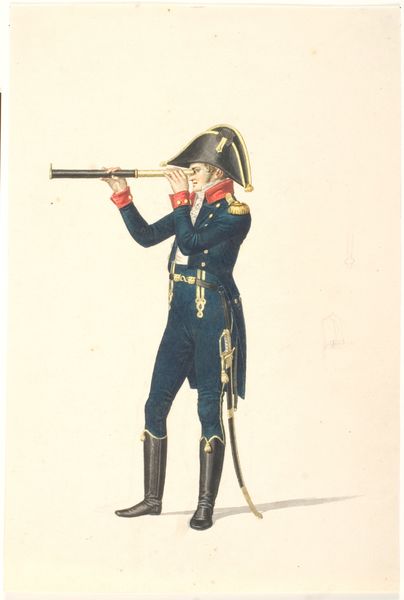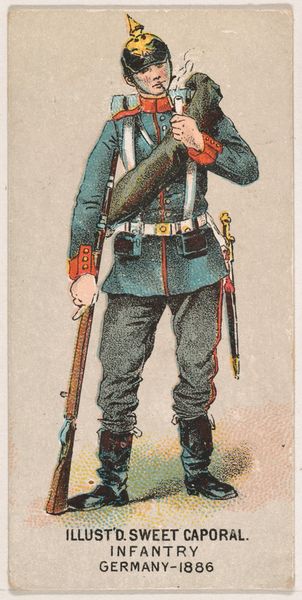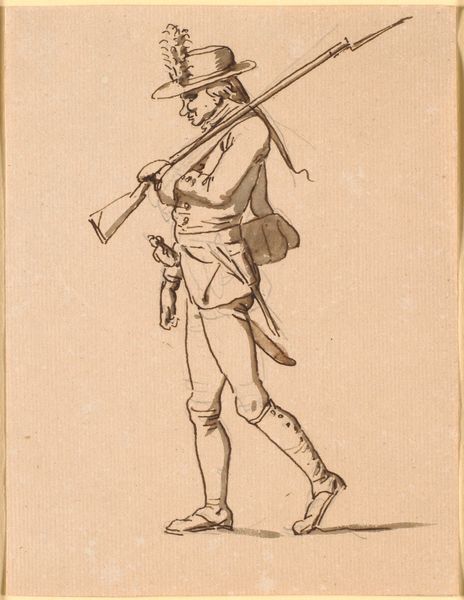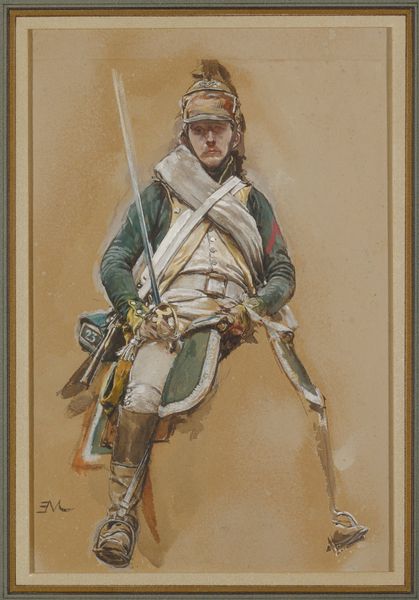
metal, sculpture, wood
#
16_19th-century
#
metal
#
sculpture
#
sculpture
#
wood
Dimensions: gun length 123.5 cm, calibre 17.5 mm, bayonet length 63 cm
Copyright: Rijks Museum: Open Domain
Curator: Up next, we have a “Breech-Loading Gun, System Jacob Snider” dating back to 1862. What's your first impression? Editor: Cold. Clinical. The metal components contrast sharply with the worn wood. There's a starkness to it. Curator: That's insightful. Snider’s breech-loading mechanism was actually a groundbreaking development at the time. Its implications rippled through military history and global politics. Can we even begin to fathom the shifts in power this gun represents? It reminds us that technology is rarely neutral. Editor: Agreed. It represents a moment of transition from traditional craftsmanship to industrialised production. Look closely at the way the metal and wood are joined. The materials tell the story of the labor and skill required to produce such a weapon. Consider where the materials were sourced, and how it affected economies of labor at the time. Curator: Absolutely. The Snider rifle accelerated colonial expansion in the 19th century, facilitating violent control and oppression. It embodies how so-called progress became intertwined with injustice. Who benefited, and at what cost? Those are essential questions to pose in the face of an object like this. Editor: Precisely. We must acknowledge the social implications of this object’s design and availability. Understanding that these aren’t merely historical artifacts but reflections of very real power dynamics allows us to trace material conditions to the inequities of the present. Curator: Reflecting on its historical context helps us consider the ongoing implications of military technology in shaping global events and power structures today. Editor: Indeed, by examining the means of production and the materials themselves, we expose the web of relations behind a seemingly simple object. Curator: This object carries a complicated legacy, one of ingenuity intertwined with domination. Editor: By bringing history and materiality together, perhaps we can bring focus and reckoning to future innovations.
Comments
No comments
Be the first to comment and join the conversation on the ultimate creative platform.

